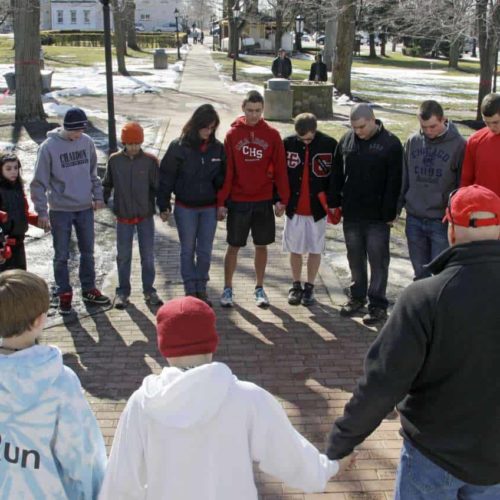Introduction
The suspect in Monday’s horrific Ohio school shooting has been variously described as a quiet loner who was bullied to a boy who actually seemed quite normal to classmates.
So far, much of what’s out there is speculation. But there is one solid piece of original reporting from the Cleveland Plain Dealer that’s worth reading. “It appears that T.J. Lane had violence in his life from the beginning,” begins the report, which offers a glimpse into some of this teenager’s life.
The Plain Deader story continues: “Geauga County court records show the father of the teen who authorities say shot five students at Chardon High School on Monday had been arrested many times for violent crimes against women in his life, including Lane’s mother. More than once, police or courts warned him to stay away from the boy and his mother.”
It’s no surprise that the U.S. Department of Health and Human Services warns that children who witness domestic violence can suffer severe behavioral, social and learning problems.
A 2009 department bulletin spells this out: “Children’s risk levels and reactions to domestic violence exist on a continuum where some children demonstrate enormous resiliency while others show signs of significant maladaptive adjustment.”
The bulletin’s content isn’t armchair psychiatry, and doesn’t pretend to have all the answers for what’s the best approach to help children who have witnessed domestic violence. Nor does it leave you with the impression that all kids who suffer during their childhoods are doomed to become violent themselves.
But the bulletin does provide a thoughtful discussion about the challenges and debate over what might help these kids overcome the odds stacked against them. And it makes you wonder what happened to T.J. Lane in the wake of what indisputably were difficult experiences early in life.
Read more in Education
Juvenile Justice
Attack at girls’ prison in Georgia raises questions about guards
Cleared of main charge, guards still face discipline
Juvenile Justice
New federal statistics reveal harsh discipline for minority students
Blacks, Latinos disproportionately punished when compared to whites


Join the conversation
Show Comments